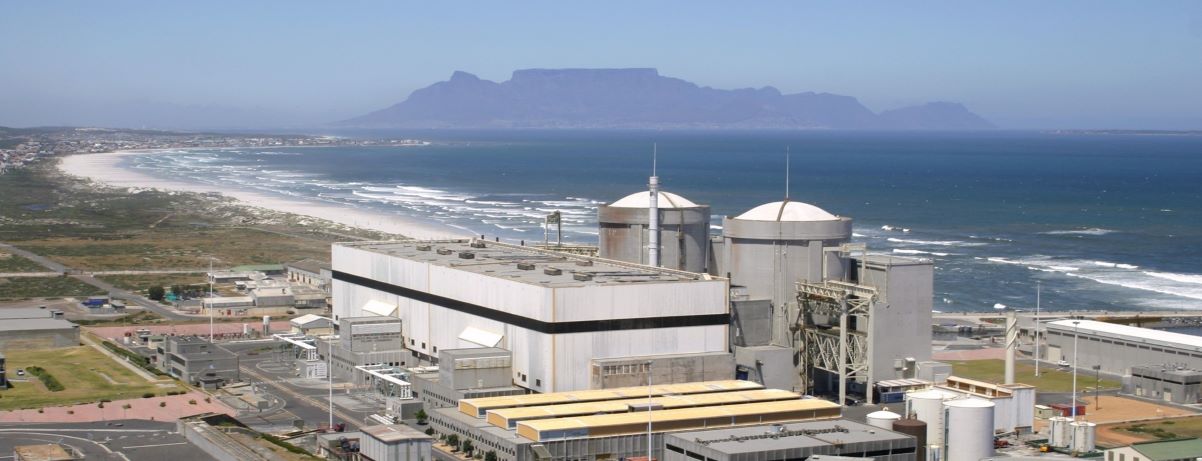(3 Minutes Read)
The decision by the regulator means that at least one of Koeberg’s two 930MW generation units will be available to the SA power grid for 20 more years, as the country transitions away from a coal-dominated energy mix.
The national nuclear regulator has approved Eskom’s request for a licence to extend the operating life of Koeberg nuclear power station unit 1 by 20 years until July 2044. It has decided to defer its decision on unit 2, which has a valid licence to operate until November 2025.
The decision by the regulator means that at least one of Koeberg’s two 930MW generation units will be available to the SA power grid for 20 more years, as the country transitions away from a coal-dominated energy mix.
The operating licence for unit one was due to expire on July 24 and the second unit’s licence will expire by November 2025. This was after the regulator granted Eskom’s request to separate the operating timelines for Koeberg’s unit one and unit two earlier in 2024. Unit 2 started commercial operation about 15 months after unit one was first commissioned in July 1984, thus allowing unit 2 to run until November 2025, according to the regulator’s earlier decision.
National nuclear regulator CEO Ditebogo Kgomo said the board found Eskom’s application for life extension was compliant for unit 1. However, the review of some aspects on unit two was continuing. Kgomo said the regulator had conducted eight public consultations and a technical review to reach its decision and found that Eskom had met the requirement for an extended 20-year licence for unit one.
During a media briefing, the national nuclear regulator addressed a previous concern raised by the public and anti-nuclear activists over the erosion of the containment buildings of the nuclear reactors. Peter Bester, the regulator’s programme manager for nuclear power plants, said a review of all the structures and components important to safety and concerning containment on unit one had been completed.
Eskom responded to the regulator’s decision saying that it had invested in safety improvements and extensive maintenance to ensure that Koeberg would continue to operate safely.
Read Also:
https://trendsnafrica.com/south-africa-discontinues-electricity-load-shedding/
Eskom’s chief nuclear officer Keith Featherstone said that over the years Koeberg had identified and implemented safety improvements through both French and US nuclear experiences, which had reduced the risk to levels that would normally only be achieved by new, modern nuclear power plants.





